We’ve got some Frugal Gardening Tricks up our sleeve! Read on to learn these and find out How to Get Free Plants and Seeds!
Welcome to “How to Get Free Plants and Seeds: Frugal Gardening Tricks,” where we unveil budget-friendly methods to expand your garden without breaking the bank. Discover clever techniques to acquire plants and seeds at no cost, making your gardening journey both economical and rewarding.
Indoor Plant Watering Tricks to Water So Many Plants in So Less Time
How to Get Free Plants and Seeds
1. Keep a Seed Stash
Don’t know How to Get Free Plants and Seeds? Well, you know how they say, Charity begins at home. Saving seeds does as well.
Preserving seeds from your home garden not only conserves money but also nurtures a sense of continuity as you cultivate plants from one season to the next. Here’s a step-by-step approach to free garden plants and seeds:
- Choose the Right Candidates: Select healthy, robust plants that display desirable traits you wish to perpetuate in your garden. Opt for plants that have fully matured and produced high-quality fruits or flowers.
- Time the Harvest: Allow the seeds to fully develop on the plant before collecting. Seeds are typically ready when the fruit or flower has naturally dried and started to wither, indicating that the seeds are fully mature.
- Gather Supplies: Prepare a clean, dry container for collecting seeds. Small envelopes, paper bags, or glass jars work well for this purpose.
- Harvest with Care: Extract the seeds from the plant using gentle techniques. For fruits, cut them open and remove the seeds. For flowers, wait until the seed heads are dry and then gently shake or rub them to release the seeds.
Free Seed Tip: If you don’t know how to get free plants, keep an eye on your neighbors. Strike up a conversation with gardening enthusiasts in your circle and start getting free garden seeds and plants.
Master Gardener’s Tricks to Improve Beneficial Insects in Garden
2. Bountiful Seed Swapping via Social Networking
Looking for free plant seeds on the Internet? Gardening enthusiasts are connecting like never before through social networking sites, creating vibrant communities where the exchange of seeds, ideas, and gardening experiences flourishes.
Also, actively look for people who have a common interest in gardening and growing plants and become friends with them.
Platforms like Facebook and Instagram provide fertile ground for expanding your garden’s diversity and nurturing connections with fellow green thumbs worldwide so you can get free plants and seeds.
Facebook Groups for Seed Swapping
3. Organize a Plant Exchange Party with Local Gardeners
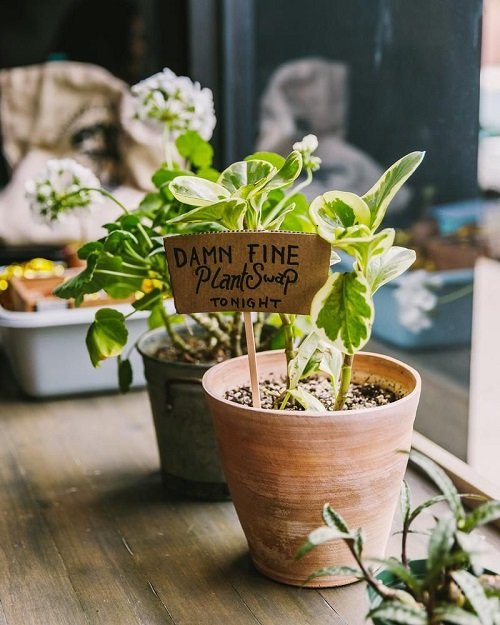
Gathering with fellow garden lovers can be a blast if you have no idea how to get free plants! Plan a plant exchange party where you invite other people who enjoy gardening. You all get to swap seeds, cuttings, and young plants that you’ve grown.
It’s a fantastic opportunity for free house plant seeds to trade garden goodies, and meet new friends who share your passion for plants and growing things. A local event also saves on free flower seeds by mail.
Here are 8 Secret Master Gardener’s Tips to Get the Most Colorful and Vibrant Flowers
4. Go for Nurseries and Garden Centers
Don’t know how to get free plants? Embarking on a treasure hunt for cost-effective greenery? Look no further than local nurseries and garden centers.
These horticultural havens often hide unexpected gems that can become the heart of your garden without putting a dent in your wallet.
Here’s what you should do the next time you’re thinking, “How to get free garden seeds.”
- Scout for Unlikely Heroes: While browsing through nurseries and garden centers, keep an eye out for plants that might appear a bit under the weather. These unsung heroes could just be in need of a little TLC to regain their vitality.
- Inquire with Staff: Don’t hesitate to strike up conversations with the knowledgeable staff. Often, they’re aware of garden plants free that might be on the brink of being discarded and could be willing to part with them at no or little cost.
- A Haven for Bargains: Some nurseries might have a designated section for discounted or clearance plants. These offerings, while slightly imperfect, can flourish under your care and contribute to your garden’s allure.
5. Saving Seeds from Your Favorite Fruits and Veggies
Exploring the potential of your kitchen to create a thriving garden? Learn how to save seeds from fruits and vegetables you enjoy eating to kick-start your own plant-growing journey.
Seeds to Save and Plant
- Squashes: Collect seeds from mature squashes like pumpkins, zucchinis, and butternut squashes.
- Cucumbers: Preserve seeds from fully ripened cucumbers, particularly heirloom varieties.
- Peppers: Save seeds from your favorite pepper varieties, such as bell peppers or spicy chili peppers.
- Cantaloupes: Extract seeds from ripe cantaloupes, ensuring they’re fully mature before harvesting.
- Tomatoes: Tomatoes are fantastic for seed-saving; choose ripe, juicy ones for the best results.
Here are the Most Beneficial Garden Insects You Should Avoid Killing
How to Save Seeds
- Select Ripe Specimens: Choose fully ripe fruits or vegetables to ensure mature and viable seeds.
- Extract Seeds: Cut open the fruit, scoop out the seeds, and separate them from the pulp. Wash the seeds to remove any remaining flesh.
- Dry Thoroughly: Spread the cleaned seeds on a paper towel or plate in a single layer. Allow them to air-dry in a cool, well-ventilated area for about a week.
- Store Properly: Once completely dry, store the seeds in a labeled, airtight container. Add a moisture-absorbing packet to prevent mold.
Note: Keep in mind that growing plants from free plant seeds might result in variations from the parent plant. Be prepared for surprises in flavor, appearance, or growth.
6. Plants From Cuttings
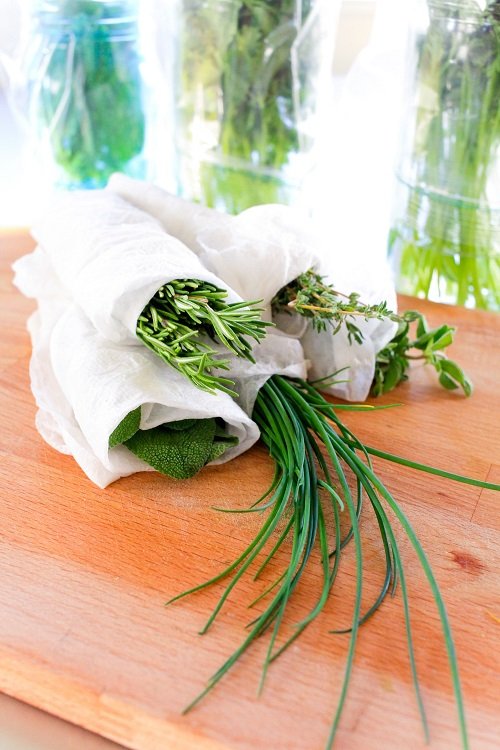
Looking to get free plants? You can get cuttings of different plants, flowers, herbs, and trees from different people and sources. Harnessing the power of cuttings is a budget-friendly and rewarding way to expand your garden without spending a penny.
By taking snippets from healthy parent plants and nurturing them to develop roots and grow, you can cultivate a thriving garden full of diverse species.
How to Get Free Cuttings
- Scout Your Neighborhood: Engage with your neighbors or local gardening enthusiasts. Strike up conversations and express your interest in plant propagation. Many fellow gardeners are often willing to share cuttings and tips for success.
- Community Gardens: If there’s a community garden in your area, consider joining or volunteering there. Community gardens often foster a spirit of sharing, and you can exchange cuttings with fellow gardeners.
- Public Parks and Arboretums: Explore your local parks and arboretums. While you should always respect park regulations, some may allow responsible harvesting of cuttings from certain plant species.
Note: If you’re eyeing a cutting from a neighbor’s garden or a public space, it’s essential to seek permission and adhere to ethical guidelines. Always ask for consent before taking cuttings from someone else’s property.
Best Plants to Grow From Cuttings
- Trees: Maple, Oak, Apple, Pine, Birch
- Flowers: Tulip, Sunflower, Daisy, Orchid, Lily
- Herbs: Rosemary, Sage, Oregano, Parsley, Cilantro
- Succulents: Aloe Vera, Echeveria, Jade Plant, Snake Plant, Sedum
Here are 9 Masterful Tips for Overwintering Balcony Garden Plants
7. Multiplying Your Plant Collection
Many plants can be easily multiplied through a technique called division if you’re looking for the answer to “how to get free plants,” offering an effortless and cost-effective method to generate new additions to your botanical ensemble.
Steps to Successful Plant Multiplication
- Choose the Right Time: Seize the optimal seasons of fall and spring to undertake plant division. During these periods, plants are transitioning between growth phases, making them more receptive to this propagation technique.
- Prepare for Division: Gently remove the chosen plant from its container or the ground. Examine the root system to identify natural divisions where the plant can be separated into smaller segments.
- Execute Clean Cuts: Armed with a sharp and clean knife or gardening shears, make decisive cuts to separate the plant into distinct portions. Each segment should have both roots and leaves intact.
- Immediate Planting: Swiftly transplant the divided segments into prepared soil. Make sure to plant them at the appropriate depth and spacing, ensuring room for their growth.
- Keep the Soil Moist: In the initial days following transplantation, maintain consistently moist soil to facilitate root establishment. Adequate hydration is essential for the segments to establish themselves.
- Wind Protection: Shield the newly planted segments from strong winds, which can impede their growth and establishment. Consider using temporary barriers or natural windbreaks to provide protection.
8. Exchange Plants with Neighbors
Strengthening the bonds of community while cultivating your garden is a delightful endeavor. Why not embark on a plant exchange journey with your neighbors or friends for free flower seeds?
This mutually beneficial practice involves swapping plants, cuttings, or even seedlings, allowing both parties to diversify their gardens without spending a dime.
You’re not the only one searching about how to get free plants! Sharing the fruits of your gardening labor can be a heartwarming experience, as it not only contributes to the beauty of your surroundings but also creates lasting memories of collaboration and shared enthusiasm for all things green.
Unconventional Gardening Tricks to Become a Pro Gardener
9. Join Community Garden Groups
For garden enthusiasts with a penchant for community engagement, joining local community garden groups is a remarkable opportunity for free flower seeds.
By dedicating your time to volunteer within these groups, you open the door to a world of benefits that extend far beyond your own garden’s borders.
Advantages of Joining Community Garden Groups
- Community garden groups offer a treasure trove of garden plants free and seeds generously shared among members, diversifying your garden without extra costs.
- Engaging with experienced gardeners within the group exposes you to valuable insights and innovative gardening techniques, enhancing your skills and knowledge.
- Active involvement in group projects provides practical experience, witnessing the growth cycle of plants and gaining valuable gardening skills.
- The hands-on exposure gained through community gardening equips you with the ability to propagate and nurture plants, helping you build your garden collection without spending.
10. Discover Budget-Friendly or Free Plants: Craigslist and Freecycle
Want plants without spending too much? Searches on how to get free plants going fruitless? So, where can I get free plants?
Try checking Craigslist and Freecycle. On Craigslist, people share plants and seeds for free or at low prices. Look in the “Free” or “Farm & Garden” sections.
Craigslist Tips
- Find Hidden Treasures: Many people give away plants and seeds on Craigslist. You can find them in different sections.
- Different Choices: You’ll discover various types of plants – indoors and outdoors.
Check out some top master gardeners tricks to grow hydrangeas here
Freecycle Exploring
- Big Hearted Community: Freecycle.org is a place where people share things for free. It has millions of members from around the world.
- Help the Earth: Freecycle helps the planet by keeping useful things out of the trash, including plants and seeds.
11. Go for Wild Harvesting
Don’t know how to get free seeds for garden? Searching for, “Where to get free seeds?” Wild harvesting is your answer. Wild harvesting for seeds is a thrilling endeavor that allows you to connect intimately with nature’s diverse offerings.
However, it’s crucial to approach this practice with a deep sense of responsibility, respect for the environment, and adherence to local regulations.
Check out some great eggshell ideas for gardeners here
Discovering seeds from wild plants can be exciting, but it’s important to do it the right way. Here’s how to gather seeds from nature while being kind to the environment:
- Get Permission: Before you start, make sure you’re allowed to gather seeds from where you want to. If it’s private land or protected areas, you might need permission. This helps you follow the rules and avoid any trouble.
- Choose Wisely: Pick seeds from plants that are not rare or in danger. Go for plants that are plentiful and won’t cause harm to the environment. Don’t disturb special plants that need protection.
- Know Your Plants: Learn about the plants you want to get seeds from. Understand how they grow, when they make seeds, and why they’re important. This way, you can be smart about your choices.
- Take a Little: When you gather seeds, don’t take too much from one plant. Leave most of them so the plant can still grow. Be careful not to hurt the area around the plant.
- Keep Nature Safe: While you’re getting seeds, be kind to the places you visit. Stay on paths and trails to avoid hurting plants or animals. Don’t leave any trash behind, and don’t bother animals you see.
12. Giveaways at Botanical Gardens
Did you know that some special gardens give away seeds and baby plants? Yes! This can be your answer to “how to get free plants!”
These places are called botanical gardens. Sometimes, they have events where people can visit and get seeds or small plants to take home. It’s like a gift from the garden to you! This is a great way to start your own garden without spending money.
How to Get Orchids to Rebloom? Orchid Reblooming Tricks
When you visit these gardens, you can learn about different types of plants and how to take care of them. It’s like a little adventure in nature that you can bring back to your own backyard.
So, if you have a botanical garden nearby, keep an eye out for these events and bring home some free flower seeds!
Conclusion
One of the most rewarding aspects of gardening is the ability to share your efforts with others. Grow more and more plants so that you can share them with others in exchange for the plants of your choice.
Growing plants for exchange isn’t just a hobby; it’s a practice that enriches your life and the community around you. From strengthening social bonds to promoting biodiversity and sustainability, the benefits are numerous. So, the next time you sow a seed or propagate a cutting, consider doing a little extra for the sake of sharing. Your garden, and your community, will thank you!


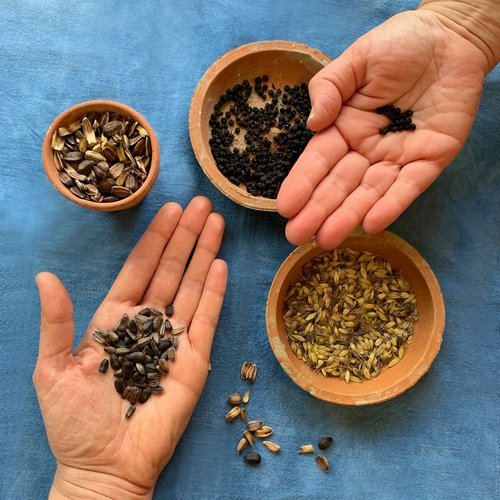
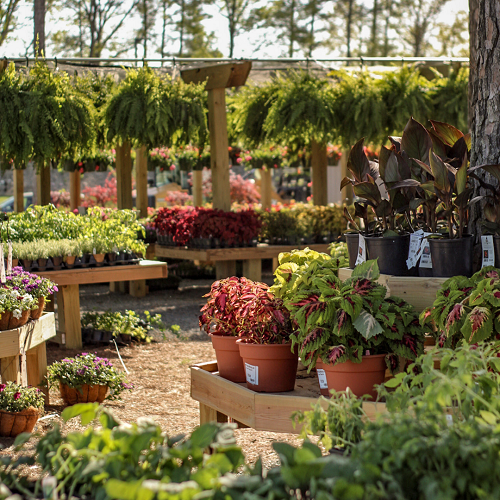
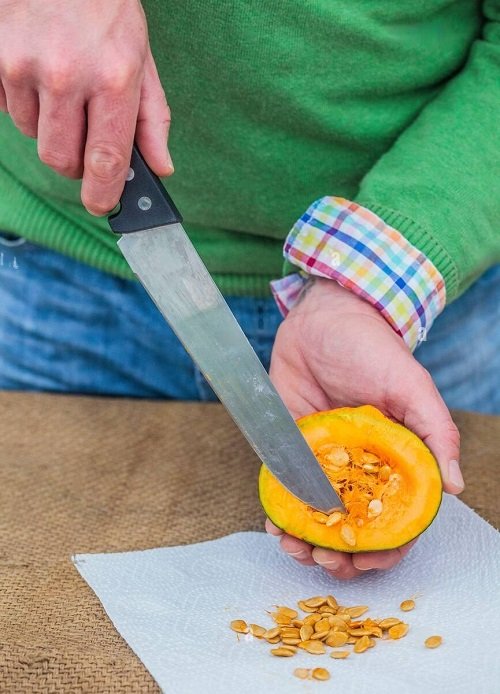
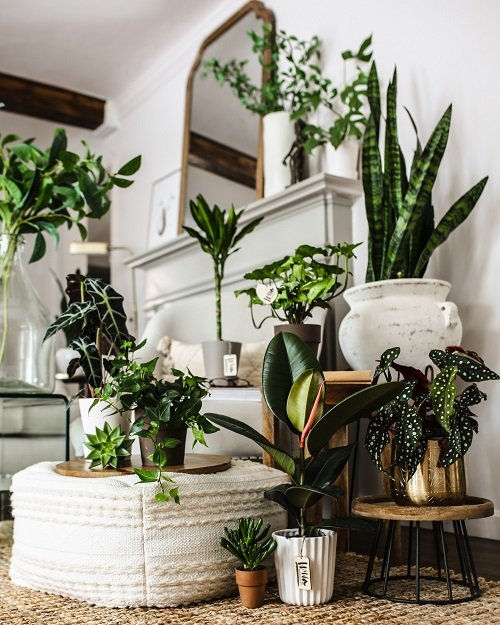
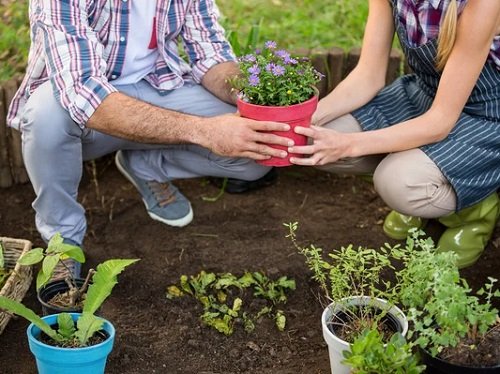
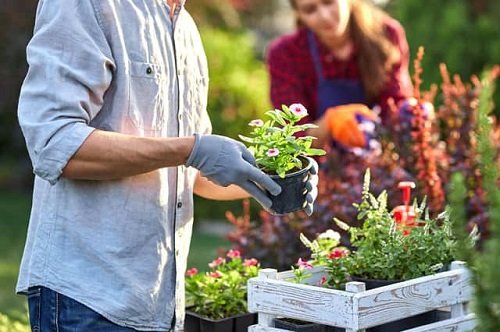
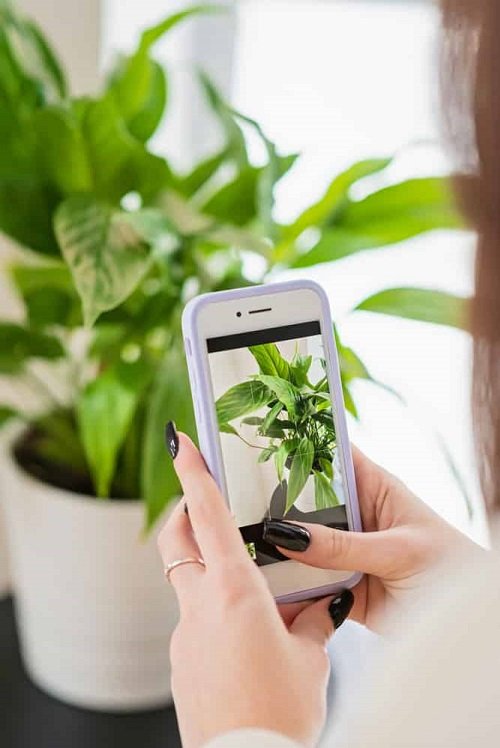
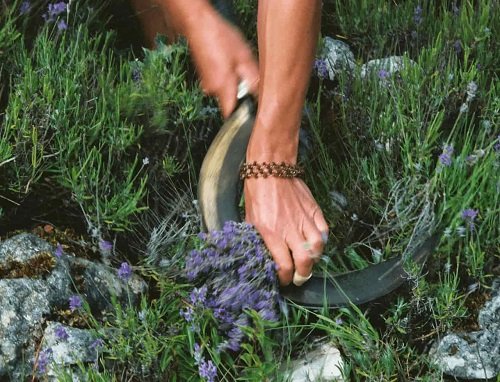
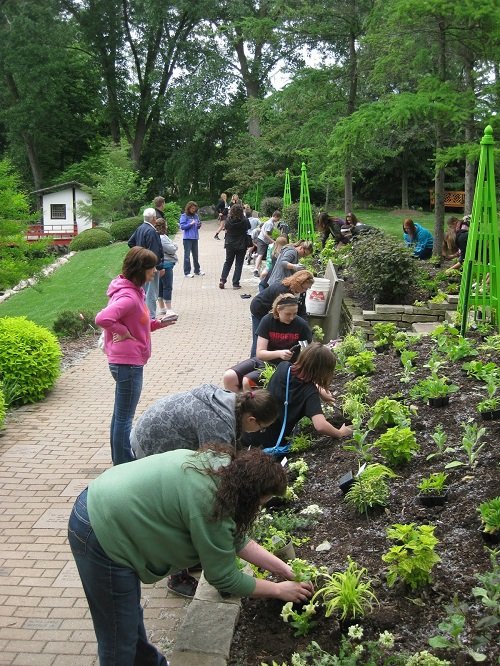

I AM INTERESTED TO BE A PART OF WITH YOU I WANT TO GROW PLANTS IN MY GARDEN PLEASE HELP ME IN THIS